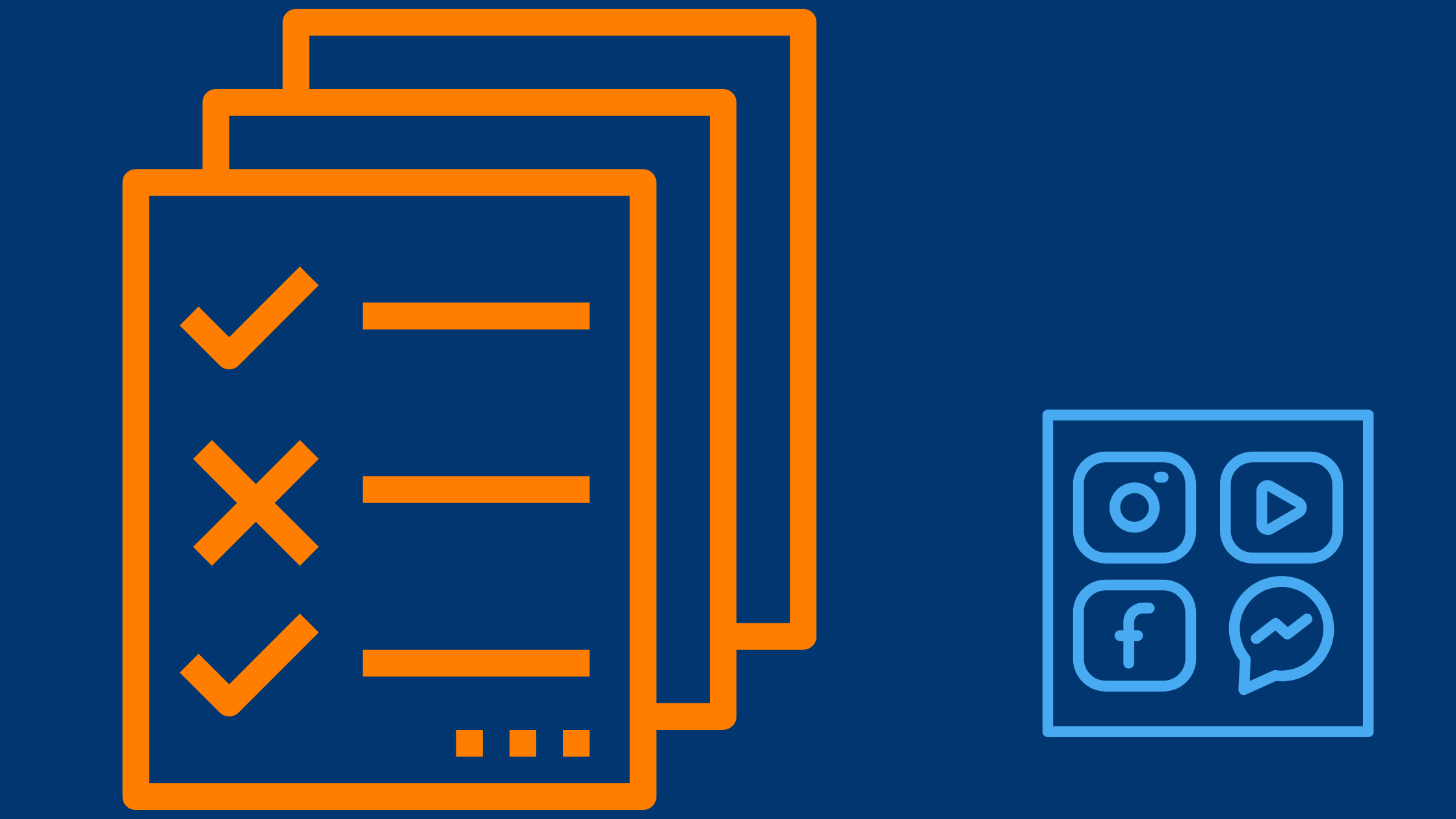In Book Brew 90, we outlined our funny but eye-opening Facebook jail experience.
Here is a quick guide to help you safeguard your social media pages.
1. Add Multiple Admins
- Identify trusted individuals (e.g., team members or business partners) to share admin responsibilities.
- Navigate to your business page settings.
- Go to Page Roles or Access (depending on the platform).
- Assign at least one additional admin.
- Ensure each person has their own secure login credentials.
2. Document Processes
- Create a written or digital manual detailing:
- How to manage page roles and permissions.
- The steps to create, schedule, and publish content.
- Procedures for resolving common issues, such as profile lockouts or suspensions.
- Save this document in a shared, secure location (e.g., Google Drive, Dropbox).
3. Diversify Platforms
- Evaluate which other platforms align with your business goals (e.g., Alignable, LinkedIn, X, Instagram).
- Set up professional profiles on at least two additional platforms.
- Regularly engage on these platforms to grow your audience and maintain visibility.
4. Back Up Critical Information
- Export a list of your page’s followers, contacts, and key analytics (if the platform allows).
- Save group memberships, important posts, and other relevant data.
- Use a cloud-based service to keep backups secure and accessible.
5. Set Up Automation and Monitoring Tools
- Use tools like Zapier or Buffer to automate posting across platforms.
- Monitor activity and metrics regularly to detect and respond to unusual behavior quickly.
6. Regularly Review Security Settings
- Enable two-factor authentication for all admins.
- Review privacy and security settings to ensure only authorized users have access.
- Periodically update passwords and account recovery options.
7. Plan for Emergencies
- Have a pre-drafted response plan for situations like:
- Account suspensions or lockouts.
- Cybersecurity threats or hacks.
- Unexpected platform changes that affect access or performance.
- Test your plan with mock scenarios to ensure readiness.
8. Stay Informed
- Keep up with platform updates, policy changes, and security announcements.
- Join forums or communities where other business owners discuss platform-related issues and solutions.
Quick Reference Checklist
- Add at least two trusted admins.
- Document step-by-step procedures.
- Establish a presence on alternative platforms.
- Back up follower and content data.
- Automate posts and monitor activity.
- Enable two-factor authentication.
- Develop and test an emergency response plan.
- Stay updated on platform changes.


Comments